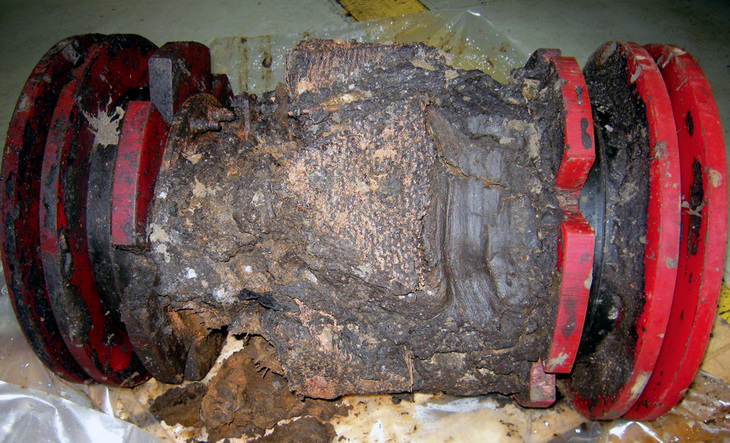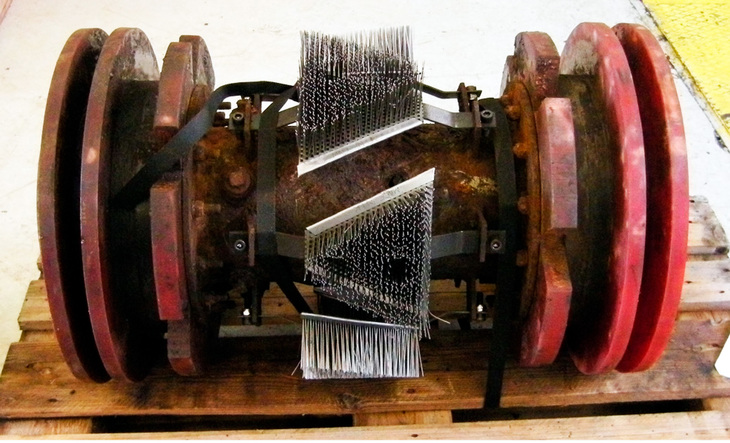Using cleaning pigs for cleaning contaminating coatings that could cause consequential damage inside pipelines, is a method both fast and effective. Obtaining a maximum production capacity, at the same time, generally, results in a financial gain. The cleaning though, is a tuff challenge for the pig.
As the pig, used for cleaning gas-, oil-, and waterpipelines between offshore platforms, gets worn-out, dirty, and needs a proper maintenance to get back into the original shape, it is brought to IKM Ocean Team’ One-Stop-Shop.
Internet Based Pig Service
Our customers can follow the pig’s status from the comfort of their office via our internet based service platform. While in dialogue, we follow maintenance work procedures. IKM Ocean Team provide the complete overview and make sure to visually document the before and after state.
The Intelligent Pig
A cleaning pig, provided with measuring devices used for the inside pipe status, is called intelligent. Our workshop technicians know that the cost price for renting this type of intelligence is high, and therefore they constantly keep up a fast pace, clean effectively and prepare thoroughly prior to shipping it to the manufacturer abroad.
Effective Treatment of Stubborn Dirt
At all times, IKM Ocean Team handles wax and parafin or unhealthy accumulations with precaution. An effective cleaning inside our oven ensures that wax melts off the pig’s brushes, while chemicals dissolves and facilitates all work by hand. All waste products are released to waste deposit. A survey of history on all submitted pigs is offered.
IKM Ocean Team advice, guide, and spare, based on the pig’s condition and customers may make use of all available facilities.

A pig, before cleaning.

A pig, after cleaning.
“The worn-out pig’s condition and history get reviewed onshore. Certain repetitive damages might indicate trends and failures inside the pipeline. If the pig is disposed after use, the error is unlikely discovered before it is too late!”